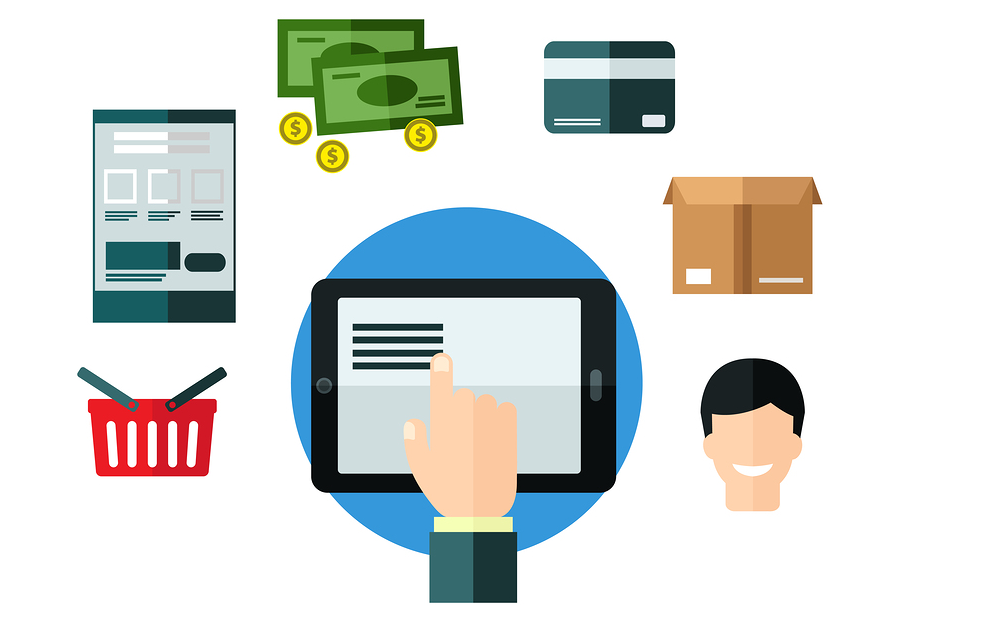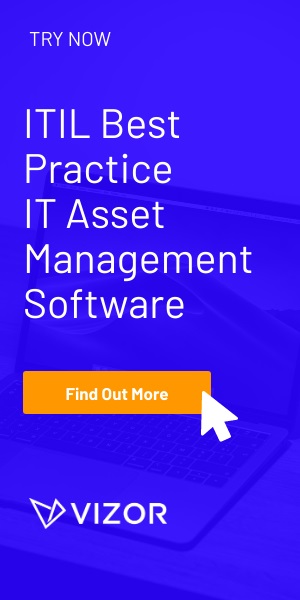Managing the Complete Software Lifecycle
SAM is frequently defined as “…all of the infrastructure and processes necessary for the effective management, control and protection of the software assets…throughout all stages of their lifecycle.” Evidently, the core of managing IT software assets stems from nurturing throughout the entire life of the asset. The software asset lifecycle is very similar to the lifecycle of physical IT assets such as laptops, printers, and the dreaded USB stick. Like physical IT assets, software assets do not simply appear and disappear; they must be carefully evaluated before deployment, throughout their use, until their end of life. Computer World cites that “experts say the most important thing about a life-cycle plan is to have one”, and since we very modestly consider ourselves experts, we say have one! And may we suggest an IT asset management program that incorporates complete lifecycle management? (*ahem*…VIZOR…*ahem*)
Request
During the first step of the process, the end user or user’s line manager can make a request for software. This process may integrate with an existing Help Desk or Change Management, or use a specific online software request portal. Vector’s role-based provisioning and onboarding functionality uniquely automates the software request when an employee starts at the organization or changes roles. Clever, don’t you think? If not, then you may be difficult to impress, but we will take on the challenge.
Vector supports multi-layered approvals to match your business requirements. For example, a software request might be approved by an end users line manager first, then the resource / system owner, and finally a company director. It’s the best thing for your firm since sliced bread!
The request either gets approved or rejected (no surprise there). If rejected, a reason why is given by the person reviewing the requests, and a response is sent through the system. On acceptance, procurement or provisioning processes can be started, depending on the availability of licenses in the license pool. Onwards and upwards!
Procurement
If a license is not available for the requested software, a purchase request is created here. Vector automates the purchasing function for you to save you the time and trouble. This can include selecting products, placing and receiving authorisation, and managing associated documentation such as invoices. Additionally, we’ll integrate with existing purchase systems if this is the case. No need to thank us. Unless you feel strongly about doing so, in which case we would never turn down some admiration.
Features of Procurement Management
• Requisitions – Creation of a purchase order through integrations with your existing purchasing solutions.
• Automated email notifications
• Vendor Follow Up – Automated, or reminders to follow up with Vendors to Confirm Purchase Orders.
• Receiving of Goods or Services – Maintaining a physical inventory of goods.
• Financial Settlement – Creation of financial and/or inventory related transactions through integrations with your existing purchasing solutions as goods are physically received.
Provisioning
Provisioning allows software resources to be allocated to specific users and devices before being deployed. The process ensures compliance and provides an opportunity to access end user training requirements. A pre-defined allocation process, which integrates with existing Help Desk and Change Management systems, makes for a smooth transition from allocation to deployment.
…and de-provisioning
Software can be de-provisioned before reaching its EOL, should an employee leave (license recycling) or the software is simply unused (license re-harvesting).
When software licenses go unused, they can be reallocated. Re-harvesting occurs when licenses are not being used by certain people or groups in the organization, or computers that have installed software on them are not being used. In these situations, the software must be uninstalled from where it is unused and reinstalled where other users need the software. Software metering / usage in License Manager can help find candidates in the organization for re-harvesting. This will save the poor employee tasked with dragging him/herself around the office to survey users and hardware for unused licenses from collapsing of boredom in the process. Again, you’re welcome.
Recycling involves reclaiming licenses from hardware that has been retired, or more commonly, from an employee who has left the organization. Just because the license is not in use due to someone leaving, doesn’t mean it should go to waste. Licenses can be claimed from employees that are no longer using them and applied to other machines, optimizing software asset use within the organization. You know what they say – one man’s trash is another man’s treasure.
As you may have gathered (hopefully), de-provisioning doesn’t mean throwing away valuable licenses! Dependant on the license agreement, software can be repurposed or redeployed to somewhere else in the organization. Everyone wins, really, so go ahead and congratulate yourself for not wasting precious licenses.
Retirement
To plan for the end of an enterprise software product’s life, all users must first be notified of the EOL date, and a replacement product must be found (if available) and put into the hands of the sales team. EOL is then implemented in two phases: the end of sale and the end of support. The latter is the “true” ending of the product’s life, as it will no longer be supported in any way after this point. It is important to provide as much support as possible up until this time to reduce the risk of losing customers (the ultimate nightmare). Provide both customers and employees an alternative product to switch to if possible, as well as any necessary migration assistance or special services. Lastly, and most importantly, make sure you know the specific EOL for different software products, as policies vary based on the vendor.
If you are still reading, it means that you have made it to the end of this post, so congratulations. Although reading that robbed you of 10 minutes of your life that you will never get back, it was all worth it because now you know everything about the crucial and intricate topic that is software lifecycle management. Right? You, your company, and your assets will now be much better off. And for that, you should be proud.
Do you need a tool to manage Software Licenses?






